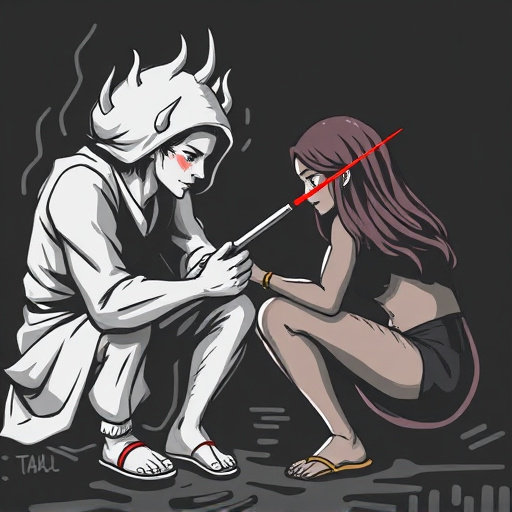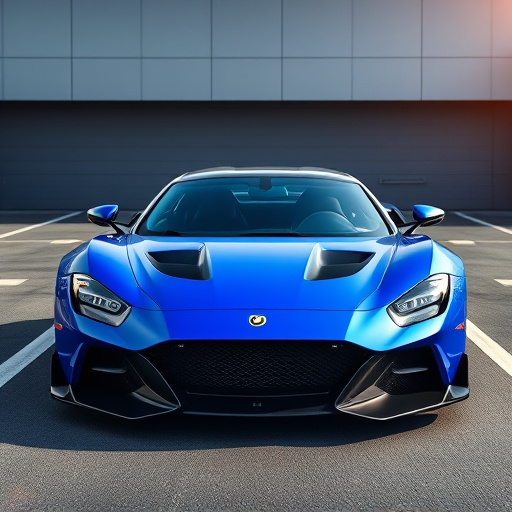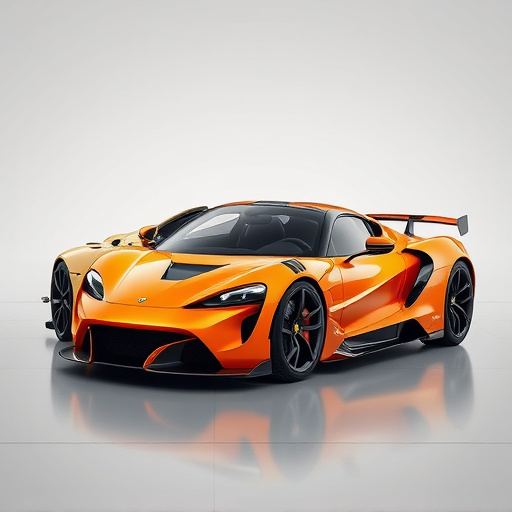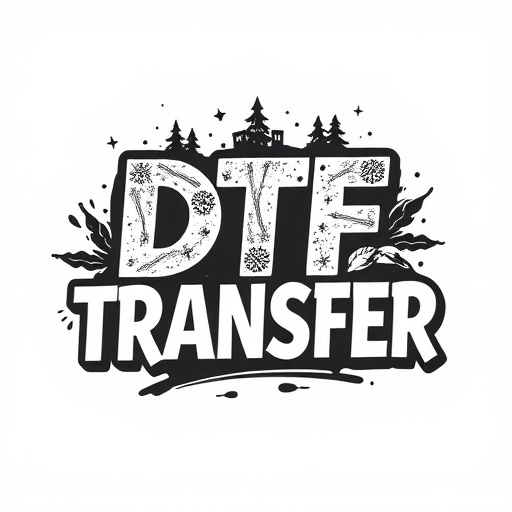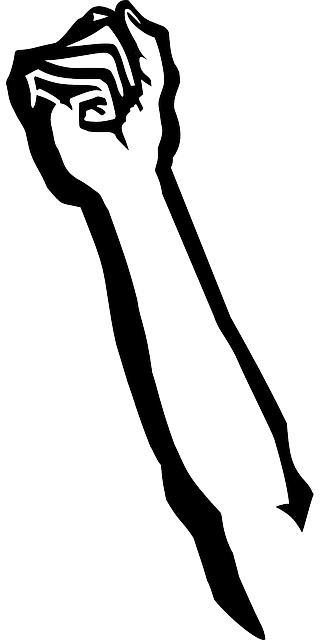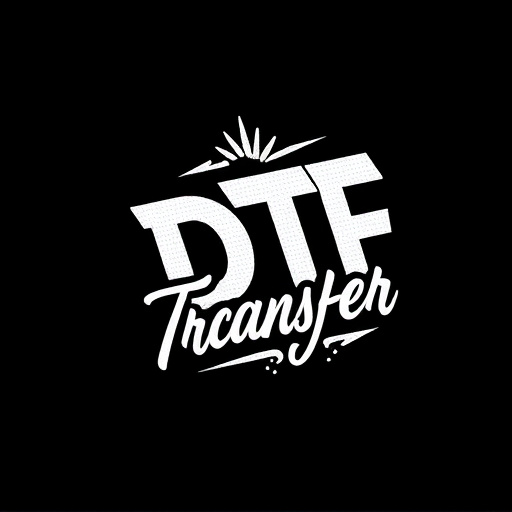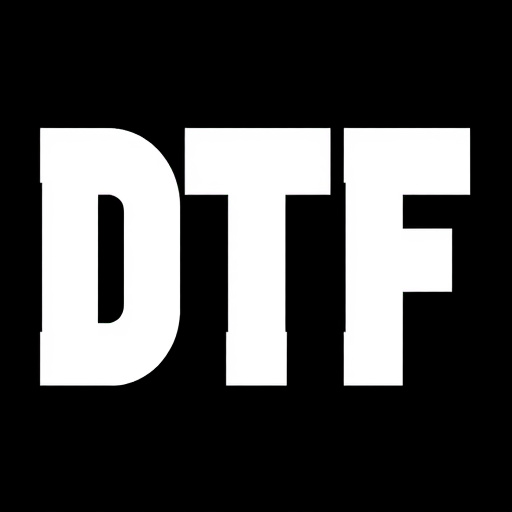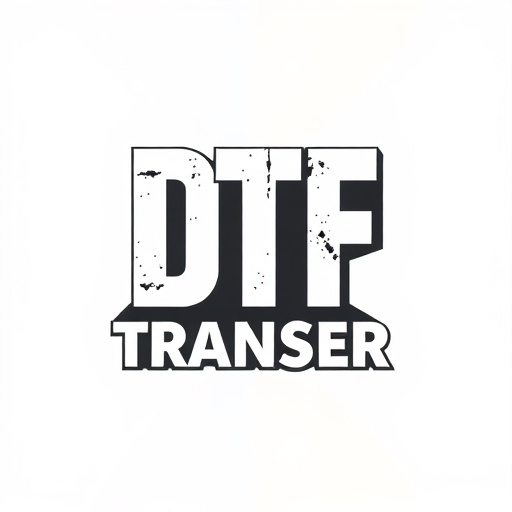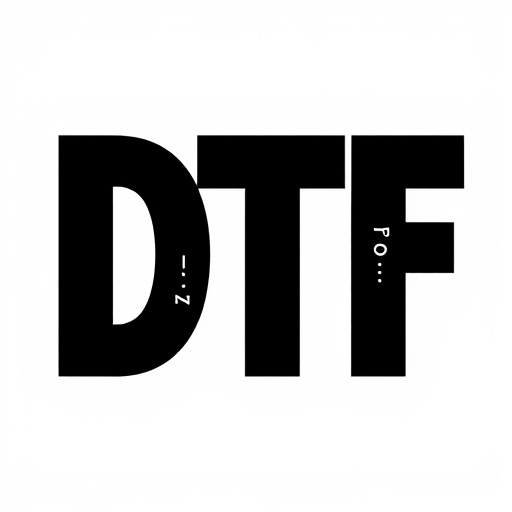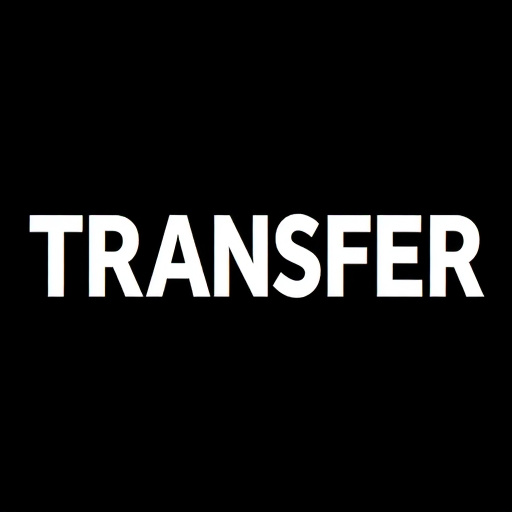Direct-to-Film (DTF) transfer is a cutting-edge process offering unparalleled visual clarity and versatility across industries. Traditional 2D methods ensure precision, allowing intricate designs to be accurately reproduced on various media. In today's digital era, embracing DTF technology enables swift adaptation and seizing opportunities. Advanced scanning and projection techniques create multi-dimensional cinematic experiences. Choosing the right dimensions is crucial for effective audience engagement and creative vision realization. The dynamic nature of "DTF" moments demands quick decision-making to maximize high-impact events and seize valuable partnerships in the fast-paced digital landscape.
In the realm of direct-to-film (DTF) transfer, embracing dimensional options opens up a world of creative possibilities. This article explores the diverse avenues available for artists and filmmakers, from the classic 2D approach to groundbreaking multi-dimensional innovations. We delve into how 3D technology enhances visuals, offering depth and immersion, while also discussing emerging dimensions beyond 3D. Understanding these choices empowers creators to make informed decisions, aligning their artistic vision with the latest DTF technologies.
- Understanding Direct-to-Film (DTF) Transfer: A Basic Overview
- The Traditional 2D Option: Simple Yet Effective
- Unlocking 3D Potential: Depth and Immersion in DTF
- Multi-Dimensional Innovations: Beyond 3D
- Choosing the Right Dimension for Your Creative Vision
- Future Prospects: Emerging Dimensional Technologies for DTF
Understanding Direct-to-Film (DTF) Transfer: A Basic Overview
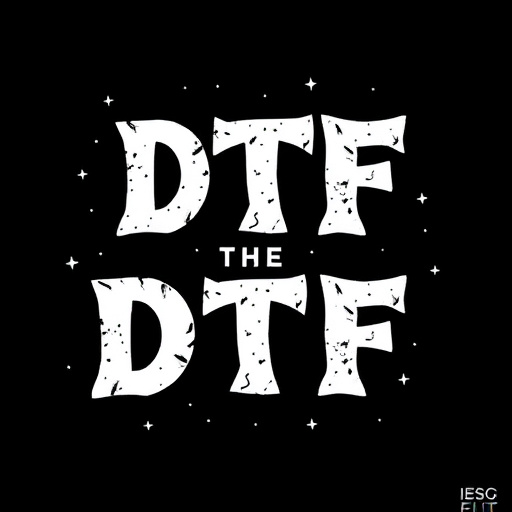
Direct-to-Film (DTF) transfer is a cutting-edge process that allows for the precise replication of an image or design directly onto a chosen film surface, offering a unique and innovative approach to visual creation. This method eliminates the need for traditional printing techniques, enabling artists and filmmakers to achieve stunning results with unmatched clarity and detail. By employing specialized equipment and expertise, DTF enables the transfer of intricate patterns, photographs, or artwork onto various film types, opening up a realm of creative possibilities.
The beauty of DTF lies in its versatility; it can be applied across diverse industries, from fashion and interior design to animation and special effects. This technology ensures that final outputs are crisp, vibrant, and often feature a texture that adds depth and character. With direct-to-film transfer, artists can quickly bring their visions to life, making it an appealing choice for those seeking efficient and high-quality visual solutions in the modern digital age.
The Traditional 2D Option: Simple Yet Effective
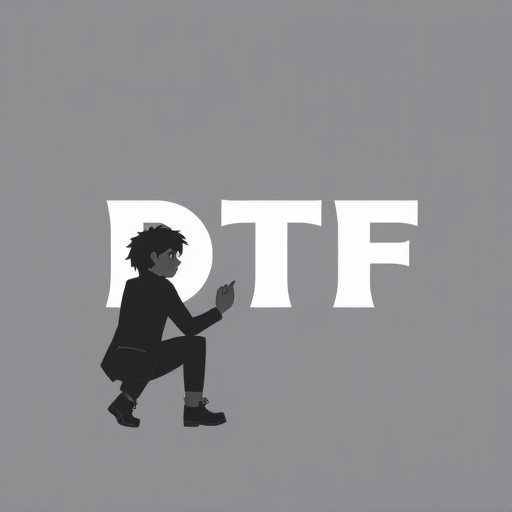
The traditional 2D option remains a simple yet effective method for direct-to-film (DTF) transfer orders. This straightforward approach involves capturing and reproducing an image in its two-dimensional form, allowing for precise control over every detail. By utilizing high-resolution printing techniques and top-quality films, the 2D method ensures that intricate designs, textures, and colors are accurately transferred to the final medium, whether it’s fabric, metal, or other surfaces.
This technique is particularly suited for projects that prioritize precision and authenticity. Whether for artistic expressions, historical restoration, or industrial applications, the 2D option offers a reliable means of achieving accurate representations. Its simplicity makes it accessible for various skill levels, making it a go-to choice for many professionals in fields where DTF transfer orders are common.
Unlocking 3D Potential: Depth and Immersion in DTF
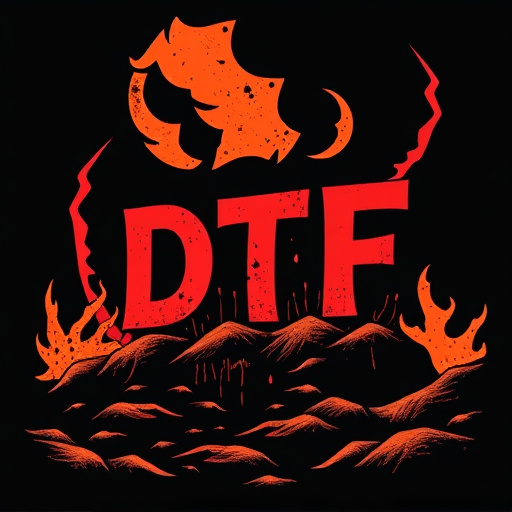
Multi-Dimensional Innovations: Beyond 3D
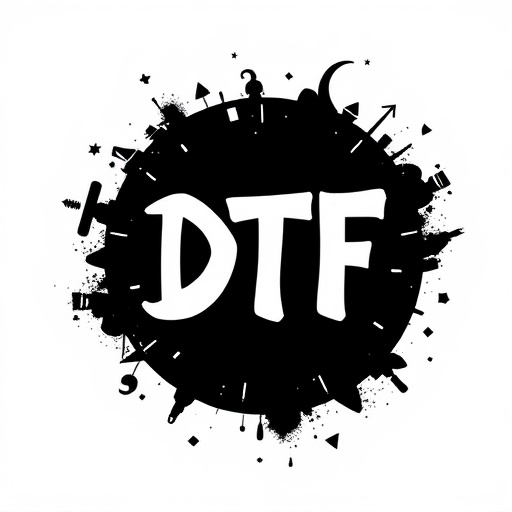
In recent years, direct-to-film (DTF) technology has seen a surge in multi-dimensional innovations, pushing the boundaries beyond traditional 3D. These advancements offer cinematographers and filmmakers unprecedented creative freedom to translate their visions onto the silver screen. By leveraging advanced scanning techniques and projection methods, DTF now supports complex multi-view arrangements, enabling viewers to experience content from diverse angles simultaneously.
This evolution has opened doors for immersive cinematic experiences, where audiences can interactively explore dynamic scenes as if they were part of the narrative. With each new dimension added, DTF transfer orders become more intricate and captivating, ensuring a profound impact on both artistic expression and audience engagement.
Choosing the Right Dimension for Your Creative Vision
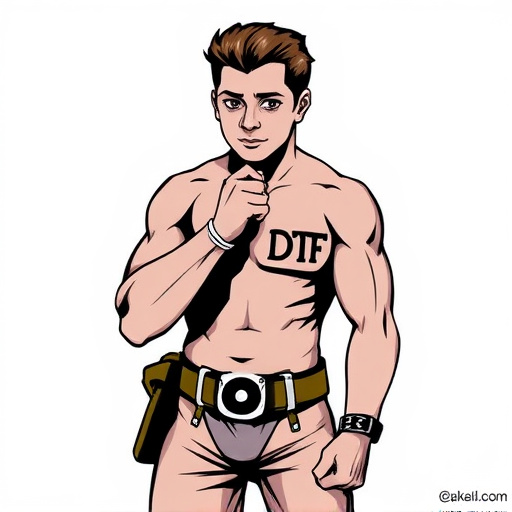
When considering dimensional options for a direct-to-film (DTF) transfer, aligning your choice with your creative vision is paramount. The size and scale of your final product should accurately represent the artistic intent behind your design. Whether you’re aiming for a grand, eye-catching display or a more subtle, intimate piece, selecting the appropriate dimension ensures your audience engages with your work as intended.
Factors like viewing distance play a significant role in this decision. For public installations or large-scale exhibitions, opting for wider dimensions can create a powerful impact, while smaller sizes are better suited for personal spaces or delicate artistic expressions. Remember, the right dimension transforms how viewers interact with and appreciate your DTF transfer, making it an integral part of realizing your creative vision.
Future Prospects: Emerging Dimensional Technologies for DTF
